I spent a number of years “collecting data” on how to live. Figuring most things out by trial and error. Making my way the best way I knew how...barely. As I started to get more deliberate about my healing journey and try new things, processes and techniques began to show up and many have proven to be effective in bringing forth clarity and optimizing healing.
Among these techniques is the technique of self-reflection. Self-reflection is defined as meditation or serious thought about one's character, actions, and motives. At its most basic it is questioning yourself. The process of Self-reflection is huge on the path to healing. Self-reflection allows us to gain insight about thoughts, emotions and behaviors in ways many other techniques do not. Self-reflection requires introspection and a willingness to acknowledge truths that may be both hidden and denied.
Emotional processing is defined as the ability to process stress and other extreme events and move past them. Being able to process situations, hurts and traumas is key to wellness. At times what may appear as avoiding processing, which can lead to increased anxiety and a buildup of blockages to releasing, is actually a lack of knowledge and know how. In order to effectively process situations, we must have the methods necessary to do so.
There are a number of techniques that can be used for self-reflection and to process emotions. One technique I use combines both and is called the Processing Process (The PP). The PP combines the emotional processing philosophy of CBT or Cognitive Behavioral Therapy (thoughts influence emotions, emotions influence behaviors and in order to change behaviors and emotions we must first identify and address thoughts) with the self-reflection technique of introspection or questioning the self.
The PP involves a 6-step process that helps to:
· identify thoughts and emotions about an issue
· pinpoint questions surrounding an issue
· question (and challenge) the validity of thoughts related to an issue
· create space for clarification, understanding, acceptance and release
The technique is as follows:
Part 1: Choose a topic, issue or challenge and write out the following related to it
Thoughts- What do I think about this issue? Try not to judge the thoughts initially but allow the thoughts to flow. If identifying the thoughts is difficult you can move on to emotions.
Emotions- What do I feel about this issue?
Are you angry, sad, hurt, resentful? Try to identify the feelings at the core of the issue and write them down.
Questions- What questions, confusion or uncertainty do I have about the issue? What do you need to understand better?
There is rarely a time when we have an issue that we don’t have questions about it. Write out the questions you have about the issue.
Part 2: Connect the thoughts to emotions and emotions to thoughts
Look at both the emotions and the thoughts. For the thoughts, ask yourself how does this thought make me feel. For the emotions ask yourself why do I feel this way. This will help clarify both the thoughts and the emotions. Each thought should have at least 1 corresponding emotion and each emotion should have at least 1 corresponding thought.
Part 3: Answer the questions
Next look at the questions you asked and answer them. We oftentimes ask questions not realizing that many of the answers are within us. Answering the questions will produce more thoughts which can then be recorded in the thoughts section.
Part 4: Question the thoughts (is this true and if so what’s the evidence that it is?)
Once all the thoughts, emotions, and questions have been identified it’s time to question the thoughts. As you read through simply ask yourself if this (thought) is true and if so what’s the evidence that it is. Record any information that comes from this.
Part 5: What do you need to accept?
Now that you have identified the thoughts, emotions and questions, answered the questions and questioned the thoughts for validity, you are ready to identify what you need to accept. In order to begin the process of releasing, you must first accept. The thoughts, emotions and questions will inform what you need to accept.
Part 6: What do you need to release/forgive/let go of?
The 6th and final step in the processing process is the releasing stage. Now that you are aware of what you are thinking and feeling as well as what you need to accept, you can decide what you want to let go of. What among the thoughts and feelings identified no longer serve you? What within this situation is keeping you from your highest and greatest good? These are the things that you need to begin to let go of.
As James Baldwin author and poet once said, “Not everything that is faced can be changed, but nothing can be changed until it is faced”. The processing process allows us to face issues and challenges by looking at and addressing them head on.
The healing process is one that takes place over time and with a certain amount of deliberateness. The tools of self-reflection and emotional processing can aid in this healing.


